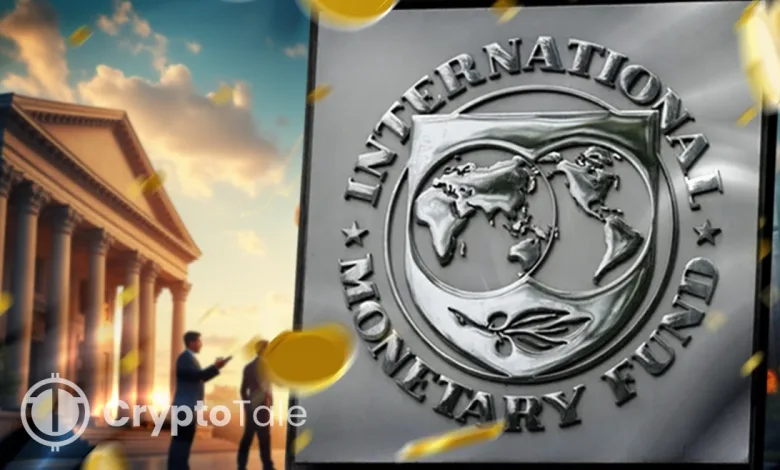IMF Updates Global Economic Rules Amid Crypto Acceleration

- The IMF introduces revised guidelines to reflect rapid growth in crypto and digital assets.
- New standards focus on transparency, digital asset classification, and economic integrity.
- Global adoption of crypto drives IMF to adapt its reporting and financial policy frameworks.
The International Monetary Fund (IMF) has introduced a major overhaul to the System of National Accounts (SNA). This framework helps nations track production, income, and investment, and with its updated version, the national statistics can recognize new technologies, digital assets, and even artificial intelligence (AI).
The last known update of the system was in 2008, in which apps, cloud platforms, and digital tokens were non-existent. In March 2025, the United Nations Statistical Commission approved the revisions with global institutions that include the IMF, World Bank, and OECD, collaborating on the changes. The update aligns with the IMF’s broader goal to improve the clarity and speed of global economic reporting.
Crypto, Energy Use, and the Data Race Ahead
One of the most debated elements in the update is the inclusion of crypto assets. Bitcoin, which consumes as much electricity as Argentina, hasn’t been part of GDP counts, because it did not produce goods or services in the traditional sense. But with the updated SNA, crypto is classified as “non-produced nonfinancial assets,” which implies that crypto holdings are added to national wealth, not to GDP.
This approach enables governments to be in a better position to evaluate financial stability and tax policy impacts. The process of measuring crypto helps in creating a better level of management as the market grows. The IMF emphasized that while crypto is a minor part of the worldwide assets, it has the potential to affect wider-scale financial systems. Moreover, the timing aligns with ongoing debates about crypto energy use and environmental sustainability. Many blockchain projects now compete to reduce their energy footprint.
Also, with IMF’s updated data standards, more energy-efficient networks may now gain favorable treatment under global measurement tools. Governments can use these benchmarks to track and compare crypto assets alongside other sectors. This could influence which digital currencies are seen as stable and sustainable. Real-time metrics will also help differentiate projects that meet transparency and sustainability goals, reshaping public and regulatory sentiment in favour of greener protocols.
Related: IMF Rejects Pakistan’s 2000MW Bitcoin Mining Plan: Report
Shifting Focus to Broader Economic Realities
The new framework doesn’t just focus on crypto but also addresses intangibles like AI, e-commerce, and cloud computing platforms. For example, it offers a standard definition for AI in national statistics, which helps policymakers assess value creation in the fast-evolving industries.
The update also considers corporate models where design and branding stay local but production moves abroad, allowing nations to better measure actual income and output tied to global firms.
In addition, the SNA update emphasizes net domestic product (NDP) over GDP in some cases. NDP offsets capital wear and depletion of the natural resources. This makes it more reflective of long-run sustainability, particularly the countries that have extractive industries. The IMF estimates NDP to be 10% to 25% lower than GDP in many cases. By capturing energy use and resource depletion, NDP may guide better climate and development policies.
These updates come with challenges, especially for under-resourced national agencies. However, the IMF plans to assist countries with technical training and support. The goal is to implement the updated SNA and companion standards by 2029–2030, following which the countries could gradually integrate the new standards into their accounting systems.




